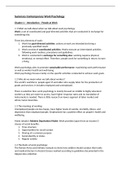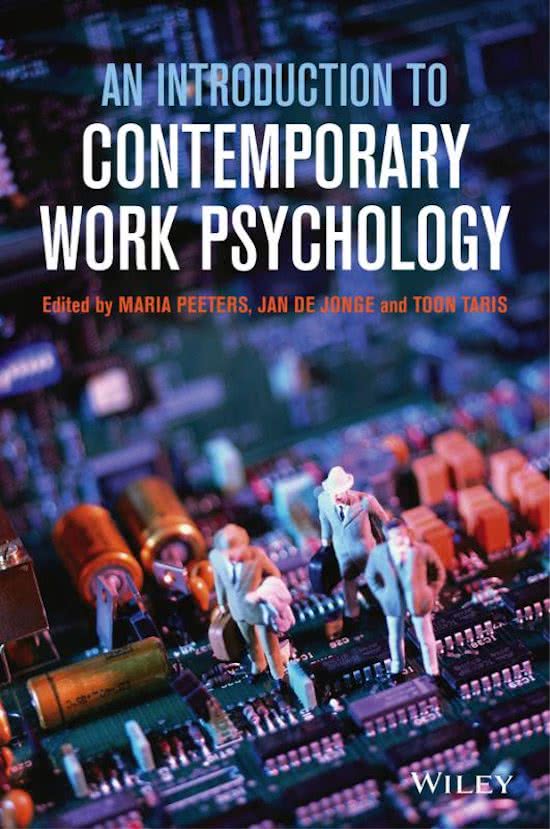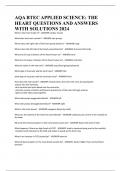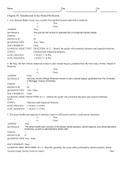Summary
Samenvatting Arbeidspsychologie UU - An introduction to Contemporary Work Psychology
- Course
- Institution
- Book
Complete Samenvatting van het boek 'In introduction to contemporary work psychology' voor het vak arbeidspsychologie gegeven op de Universiteit Utrecht
[Show more]













